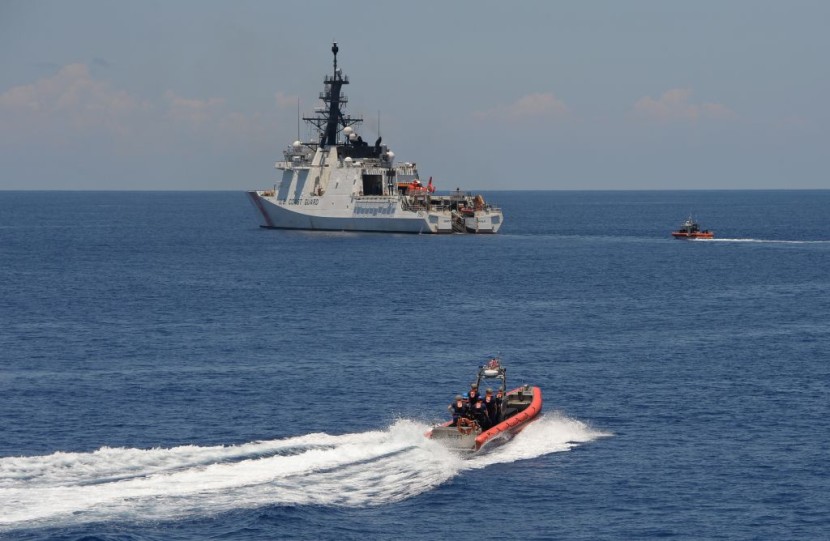
In a scene fraught with tension, two Philippine boats challenged a Chinese coast guard blockade in the disputed South China Sea, delivering much-needed supplies to Filipino forces stationed on a contested shoal.
The dangerous encounter, occurring near Second Thomas Shoal, reflects the complex web of territorial disputes involving China, the Philippines, Vietnam, Malaysia, Taiwan, and Brunei, according to PBS.
Philippine Boats Challenge Chinese Blockade in South China Sea
This incident underscores the volatile nature of the South China Sea, which has become a focal point in the broader US-China rivalry. As a United States Navy plane surveilled from above, two Philippine coast guard vessels accompanied supply boats attempting to reach the shoal.
However, their progress was stymied by at least four Chinese coast guard ships, resulting in a five-hour standoff near the contested area. While the Philippine vessels ultimately managed to deliver the supplies and rotate the Filipino crew, the encounter highlighted the ongoing tensions in the region.
The South China Sea, characterized by overlapping territorial claims, is a focal point for regional geopolitical tensions. China, the Philippines, and several other countries stake claims over various islands, reefs, and waters in the area, leading to periodic flare-ups in tensions and concerns over freedom of navigation.
The confrontation also showcases China's assertive actions in the region, as it asserts its claims over virtually the entire South China Sea. The Philippines, aiming to shed light on China's aggressive stance, invited journalists to witness the supply mission and the subsequent standoff.
This move was part of the Philippines' strategy to expose China's behavior, which many view as increasingly aggressive and disregarding international norms. One Chinese coast guard ship even approached dangerously close to the Philippine coast guard ship, creating a perilous situation that was narrowly avoided.
The incident underscores the risks of accidents or miscalculations in such tense scenarios.The diplomatic fallout from the incident was swift. Philippine officials condemned the Chinese coast guard's actions as a violation of international maritime regulations aimed at preventing collisions at sea.
The Philippine coast guard planned to present a report to the Department of Foreign Affairs in Manila, potentially leading to a diplomatic protest against China. The situation escalated from Monday night, when a Chinese coast guard ship began tailing the Philippine vessels.
Verbal exchanges over territorial rights occurred the following morning via radio messages between the two sides. The Chinese coast guard issued warnings and threats to the Philippine ships, cautioning them to leave the area to avoid consequences, The Washington Post reported.
De-escalation Prevails in South China Sea Standoff
Despite the potential for a more serious clash, the situation de-escalated without any physical conflict. The Philippine vessels managed to withdraw and return to their base, having achieved their resupply mission and raised awareness about China's actions.
Notably, the presence of a US Navy surveillance plane overhead during the incident indicates the international interest in ensuring the stability of the South China Sea. While the United States does not lay any territorial claims in the area, it emphasizes the importance of freedom of navigation and peaceful resolution of disputes.
The US has reiterated its commitment to defending its treaty allies, including the Philippines, in case of armed attacks in the South China Sea. This tense encounter is a reminder of the ongoing challenges in the South China Sea, where competing territorial claims and geopolitical interests intersect.
The incident underscores the necessity for diplomacy and cooperative efforts to prevent potentially catastrophic conflicts and maintain stability in this strategically vital region, as per Fox News.
© 2026 HNGN, All rights reserved. Do not reproduce without permission.








